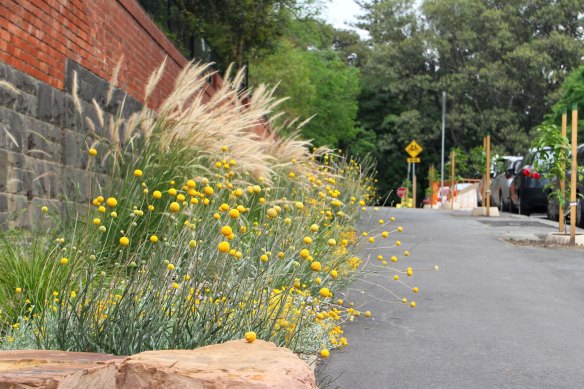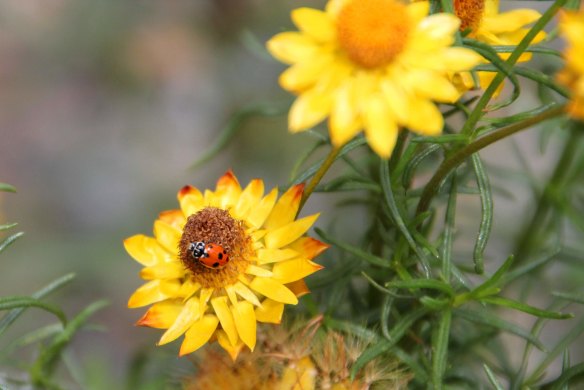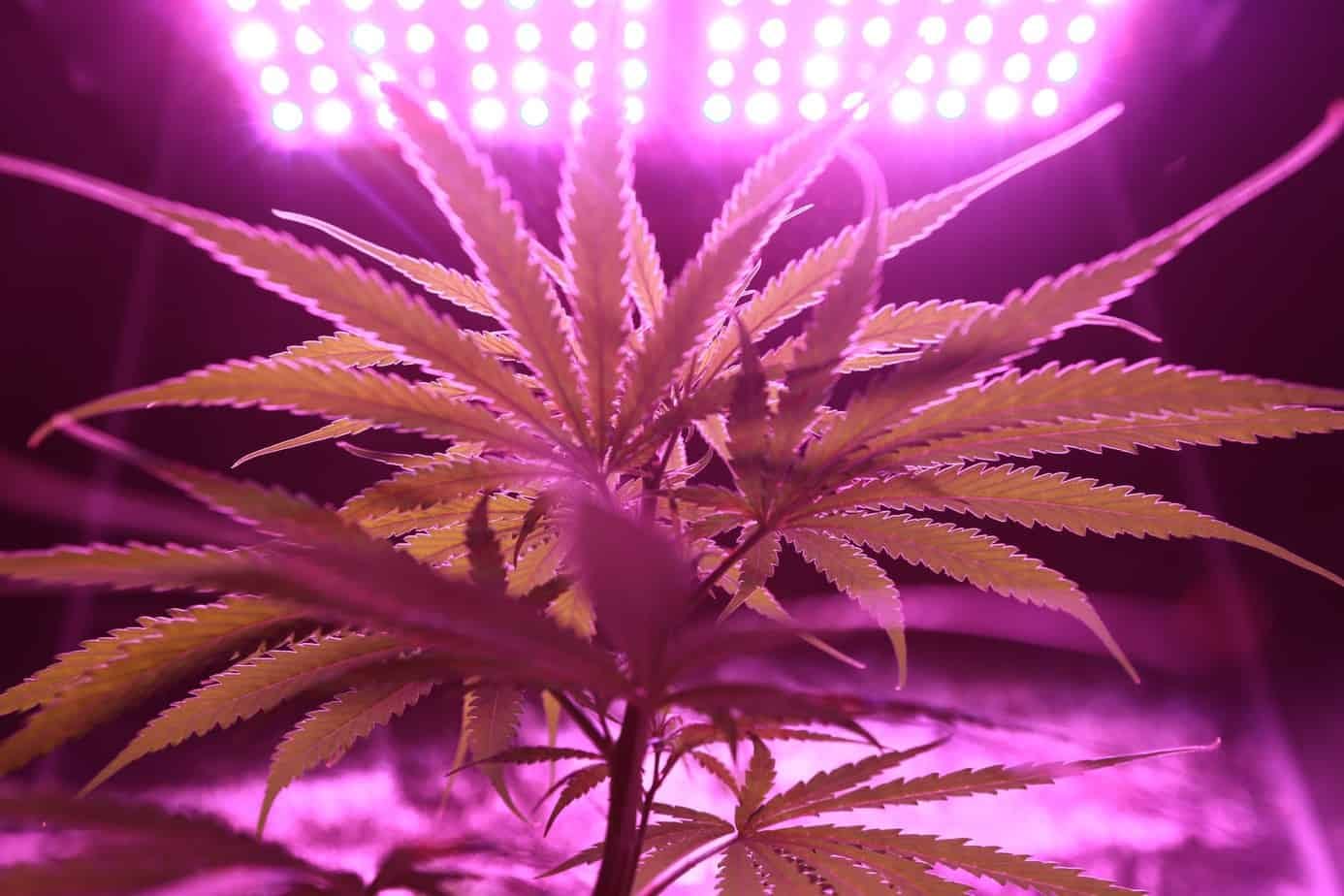Missing in action in many of our inner-city streets, even as we move into peak spring, is an abundance of bees, butterflies and birds. Chequered Cuckoo Bees, Australian Painted Ladies, Superb Fairy Wrens and their ilk are often lying low just as they should be making merry.
As cities keep expanding, wildlife keeps exiting and now there is a growing push to turn the situation around – invariably by planting more plants.

The biodiversity site in Clowes Street, South Yarra, two years after plantingCredit:City of Melbourne
But some plants are more beneficial to fauna than others and, five years ago, the University of Melbourne and the City of Melbourne teamed up to deduce exactly what the most useful plants might be. What they homed in on was the understory. While many of our inner urban streets contain trees and lawn, there tends to be a gap when it comes to the space in between.
Urban ecologist and University of Melbourne professor, Nick Williams, says it is the plants that fill these midway points – the native shrubs, perennial herbs and grasses – that are “critically important” to insects and small birds. This understory is their refuge. It provides habitat and sustenance, and the more complex that understory, the better.

A ladybird on a Golden Everlasting (/Xerochrysum bracteatum/)Credit:City of Melbourne
In what might prove useful for everyone wanting to welcome more wildlife into their gardens, Williams, together with others, including the university’s director…




